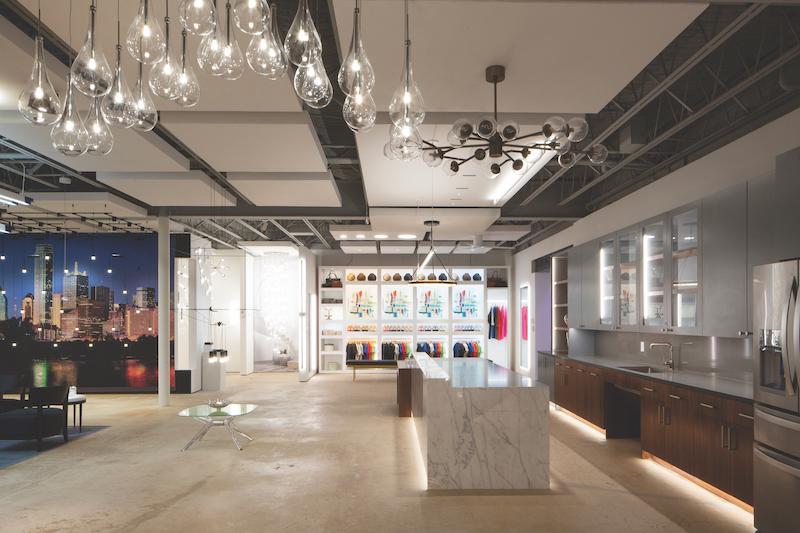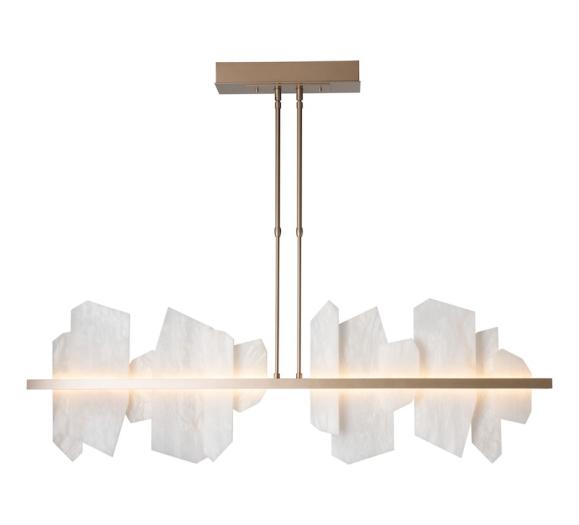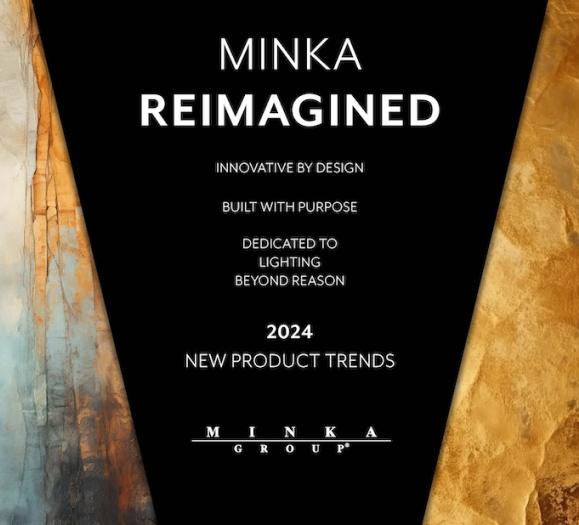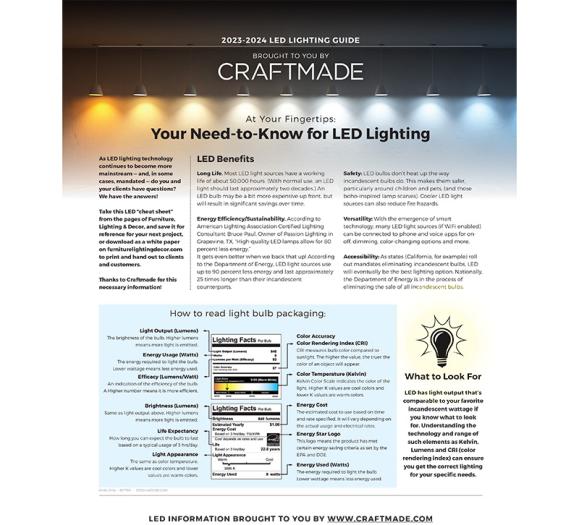Technology has entered the home remodel and furnishings category in a much bigger way these past years. With the introduction of smart technology and advances in LED lighting, there’s a lot to learn.
As a result, for consumers considering new homes or working on renovations, it takes a bit of education to make sure they “get it right” the first time. While the Internet can certainly supply some of the information — who hasn’t turned to YouTube for a fast lesson on a DIY fix? — sometimes it’s better to consult an expert for larger renovations and purchases to ensure optimum results and understanding how everything should work.
For interior designers and home furnishings retailers — particularly lighting showrooms — being able to share the latest knowledge with clients and customers is critical. And as that educational source, if you’re not sure, it’s important to have programs and experts to turn to to ensure your answers support your customers’ needs.
“Consumers have to be smart enough to know they need us, because lighting has gotten more complicated. People often rely on getting the latest information online,” Jon Sayah, Owner of Lights Fantastic Pro, in Texas, says. “There really is so much cool stuff in lighting. If you work with professionals, you’ll get a far different lighting package at whatever budget you have.” Lights Fantastic Pro has several lighting showroom locations in Texas.
The Best Choices
From understanding Kelvin and color rendering in LED lighting for creating a healthful environment to understanding the value of quality appliances and their impact on the meals we make, educating the consumer goes far beyond doing a good deed; it’s integral to building customer/client trust and solid business practices.
“When it comes to appliances, I always guide my clients to the best quality they can afford,” says Sharon Sherman, Founder of Thyme & Place Design, in Wyckoff, NJ. She heads an interior design firm with an expertise in kitchen and bathroom builds and renovations. “You can’t compare the quality of food prepared with a lower-end item to one at the higher end. There’s a quality of enjoyment you get with the better appliances too. The trade-offs really pan out in the end,” she says.
Sherman guides her clients toward the best appliances, materials and lighting by learning how they live in their homes first. “We have conversations with our clients to understand their needs,” she says. “We’re able to go deeper because the conversations are natural and we learn what’s important to them. They come to me because of my credentials, but they appreciate that I listen to them.”
Sherman also feels that lighting education is essential in today’s environment. With LED, there’s a sustainability factor, because it lasts longer, but not all LED bulbs and fixtures are created equal. Here, too, it’s better to understand exactly what light is needed for each environment as lighting a kitchen or a bathroom is different from lighting a bedroom or lounging space. “It’s so important to use the proper color temperature, especially in a kitchen,” Sherman continues, and that goes beyond good lighting for a task. “With tile backsplashes or white cabinets, the right lighting will make those things look good.” The wrong lighting, on the other hand…
At Lights Fantastic Pro, the goal is to provide customers with the right lighting at the right value for their homes as well. “We like to point people in the right direction,” says Ben Parra, Sales Manager at Lights Fantastic Pro’s Dallas location. “We have living displays in our stores where consumers can touch and feel, and see how products go together in a space. We show clients what it looks like and how to properly apply this new vocabulary. That makes us much more important in the process.”
There’s so much that can be done with LED lighting today, and not having the proper knowledge can create extra work as well if not installed properly the first time. Sayah says, “People can easily backlight a mirror or put lighting in their countertop now; there’s so much that can be done. At a recent lighting fair, the big takeaways were the mix of architectural and decorative lighting in the home. It’s not just a decorative chandelier or a ceiling fixture anymore.”
A Little Goes a Long Way
The sales staff at Lights Fantastic Pro gets training on all of these products from the vendors they work with as well as each other. Parra is in charge of training the staff and finds that his commercial lighting reps are often the best source of information on what’s available, how it works and what’s coming next.
While seeking out a professional when installing lighting or other more technical products is the best choice, it helps those professionals if the consumer has some awareness so they know what to ask for, Sayah says. However, “they don’t know what they don’t know yet. We’re still in the early stages for most people.”
While it would be nice to have consumers slightly more knowledgeable before they come in for lighting, it’s also an advantage for retailers like Lights Fantastic Pro that they aren’t as educated about lighting as they could be. It allows this specialty retailer to provide the education and better customer service, and ensure their customers are happy with their choices.
Sherman finds the same thing in her design practice. Having the ability to educate clients and lead them to better choices and why, ultimately helps build trust and also helps to spread the word about quality products that achieve optimal results. “I always stress to buy really good quality,” Sherman says. “If you want a purple sofa, buy a good one. If it has a good foundation; when you want a white sofa, you can re-cover it rather than having to buy a new one. It might cost more now, but you will always have it.” The same thing goes for kitchen cabinets and appliances she adds. High-end appliances last longer, and good cabinets are easily refinished for a fraction of what new cabinets would cost. According to Sherman, it’s better to help customers understand the investment now to save money and stay sustainable later. “For the average homeowner, they are looking for an experience,” she says. “You don’t want an appliance that’s going to break down in five years.” You also don’t want those appliances ending up in landfills.
For retailers and designers, it’s essential to have the answers to the more technical questions to better serve clients and customers, and point them toward products they will be happier with. Technology brings convenience — turning lights on and off with an app, for example — and some confusion, as it continues to change so rapidly. Being the technical expert along with the role of creative visionary provides an edge. “We continue to make ourselves better and smarter so when we’re in front of our customers, they respect that we know our stuff,” Parra says. “It’s the best way we can make ourselves different from everyone else.”







